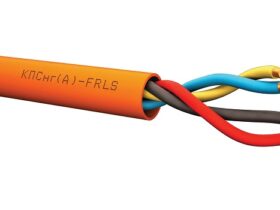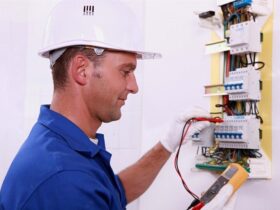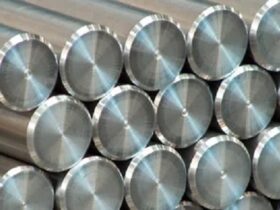Air conditioners are such devices for industrial and domestic use that help maintain the microclimate parameters in the room at a given level.. At the same time, they are able, within certain limits, to change such indicators as air humidity and temperature, additionally clearing it from smoke, soot and dust. The latter property is very important for large cities that cannot boast of a clean and healthy atmosphere..
Basically, air conditioners are designed to cool the passing air, and the principle of operation is based on the effect of lowering the temperature when the refrigerant evaporates and redistributing heat in space. During the evaporation of a liquid, heat is absorbed by its vapors, and during condensation, on the contrary, heat is released. Many, probably, could feel this effect after painting, when they used a solvent to remove paint residues from their hands. Some models of air conditioners allow you to perform the opposite task, heating indoor air.
Freon is most often used as an evaporating liquid (refrigerant), exactly the same that is used in refrigerators. The evaporation process takes place in an indoor unit, which is so called because it is located inside the building. Freon vapors take away heat from the surrounding space through a heat exchanger, which is similar to a radiator. Sometimes the heat exchanger is also called the evaporator, which transfers its heat further to the external unit..
Internal and external blocks are interconnected using thin-walled tubes, most often copper. The choice as a material — copper, is not least due to the need to work at high internal pressure, low temperatures and the need for resistance to corrosive processes. To increase the overall efficiency of the air conditioner, the tubes are covered with a layer of heat insulator, which additionally protects their surface from destruction.
Indoor units come in various sizes and modifications, the most common being wall mounting. In general, there are floor, ceiling, corner, duct and some other types of indoor units. To redistribute heat and work more efficiently, the indoor unit is equipped with a fan, which creates the necessary air draft. Inside, there is also electronics that controls the operating modes of the air conditioner and allows you to quickly adjust the necessary parameters.
The outdoor unit, which is located on the street, performs the opposite operation — heat dissipation in space. The compressor, which is available in every air conditioner, creates a high pressure, under the influence of which, the refrigerant (freon) turns into a liquid. In this case, heat is released from the liquefied refrigerant, which is absorbed by the surrounding air through the intermediary of a heat exchanger, the device of which is similar to the evaporator.
An external heat exchanger is usually called a condenser. In this case, the dimensions and operating parameters of the external and internal heat exchanger are selected in such a way that the refrigerant cannot completely turn into liquid or gas. During the operation of the compressor, the required pressure is created and maintained, which allows the process to be maintained in a cyclic mode, which occurs continuously.
After passing through the external heat exchanger, the refrigerant enters the capillary tube (expansion valve). After that, the pressure drops sharply and the process of boiling of the refrigerant and its transformation into a «foggy» state occurs. After that, it enters the internal evaporator and the process is repeated. During operation, moisture is released from the ambient air on the internal heat exchanger. Gradually, it collects in small containers and is removed to the outside through a drainage tube..
The external unit, in addition to the compressor, condenser and fan, sometimes includes a four-way valve, which allows reversing the “switching” of the cooling — heating process and heating the ambient air inside the room. In this case, the whole structure of the air conditioner becomes more complicated. The electronics located in the outdoor unit controls the compressor and the fan speed. The most advanced models allow you to adjust the speed over a wide range, smoothly or stepwise.
The efficiency of air conditioners of a similar principle of operation is confirmed by many years of practice. With relatively low energy consumption, they allow an elegant way to regulate the temperature inside the premises, simultaneously performing functions such as cleaning the air from dirt and dust. Air conditioners make our life more comfortable, and the air around us is cleaner and fresher

















Оставить коммент.